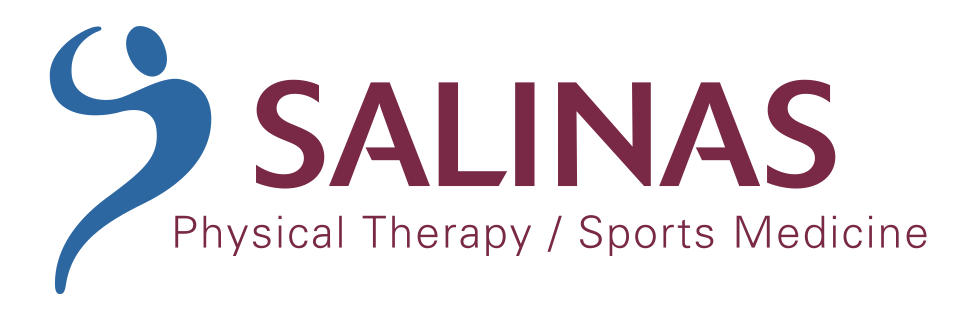Phone: (714) 695-1566
Fax: (714) 695-1553
Email: [email protected]
23655 Via Del Rio, Suite C
Yorba Linda, CA 92887

Phone: (714) 695-1566
Fax: (714) 695-1553
Email: [email protected]
23655 Via Del Rio, Suite C
Yorba Linda, CA 92887

Frozen shoulder, also known as “adhesive capsulitis,” is a condition that results in stiffness and pain in the shoulder joint for more than three months. As the term indicates, it results from inflammation and thickening of the joint capsule surrounding the shoulder joint. Adhesions and scarring can occur in the capsule, making movement painful. The freezing process typically occurs in three phases:
In the freezing phase, you slowly have more and more pain. As the pain worsens, your shoulder loses range of motion, and reaching above your shoulder or behind your back becomes difficult. Freezing typically lasts from 6 weeks to 9 months.
Painful symptoms may improve during this phase, but the stiffness remains. During the 4 to 6 months of the “frozen” stage, your daily activities may be challenging.
Shoulder motion slowly improves during the “thawing” stage. Gradually the pain subsides, and a gradual return to normal, or close to normal strength and active movement occurs. Thawing is the most prolonged phase and typically takes six months to 2 years.
Females are four times more likely to be affected than men, with the occurrence primarily on the non-dominant shoulder. It is not sure what exactly causes this condition. However, some plausible risk factors have been identified:
The first step in the process is to rule out other potential painful shoulder conditions with a complete history and exam by your physician. A physical therapist can then perform a thorough shoulder joint assessment and determine if you have a pattern of restricted motion that is common with the condition. A functional assessment is also part of the evaluation process to identify how the ability to reach, dress, and groom has been affected.
Frozen shoulder typically gets better over time, and there is no consistent consensus in the literature on managing it. Most can agree that each of the phases is handled differently. Freezing– The freezing phase aims to control pain and inflammation. Steroid injections, non-steroidal anti-inflammatory drugs, and physical therapy play a vital role during this phase. Frozen– As the pain diminishes, specific joint mobilization techniques can be tolerated, more advanced ROM exercises are implemented, and strengthening begins. Thawing– More aggressive forms of stretching and mobilization are implemented and If you have shoulder pain and believe you may be at risk for developing a frozen shoulder, call our office for a free 15 min consultation with one of our therapists.